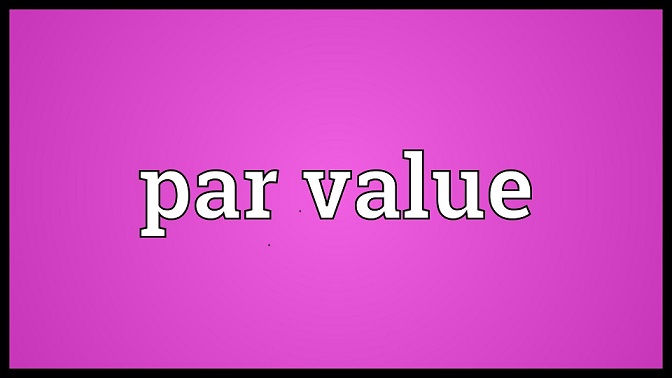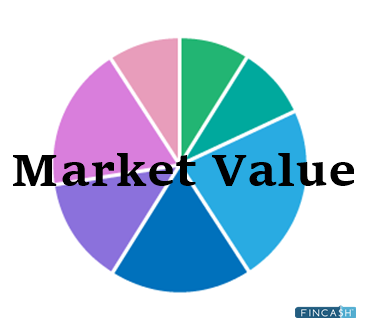What is Value Engineering?
In other words, as per the Value engineering term, the method involves improving the value of the products and services by providing the required functions.
This is why “value” is often defined as the ratio of function to cost. It means that the value of a product or service can be changed either by improving the functions offered or by minimizing the costs.
The practice of value engineering involves the substitution of costly materials and methods with less-expensive ingredients or alternatives, while keeping the functionality intact. Value engineering solely focuses on different materials and components of the products and services, rather than their physical attributes.

Significance of Value Engineering
Apart from improving the value of a product, value engineering is also used to analyze a system, service, or product to determine which is the best method to manage its crucial functions while minimizing the costs.
The process encourages the use of alternative materials and methods, which can be a less-expensive substitute of those used before. At the same time, value engineers don’t compromise on the functionality of the system, product, or service.
A majority of the value engineering projects adopt a team approach, in which the subject matter experts work collaboratively to implement and execute the value methodology effectively. One thing to note is that most often, the process of value engineering occurs after the design process is completed.
However, to achieve the best results, one must perform the value engineering method before the designing process. In this way, experts can determine the best way to incorporate the option of replacing expensive materials and methods with alternative ones, without compromising on the functionality of the end product, service, or system.
If seen from the marketing perspective, value engineering is actually used to design a certain product to make it last for a particular time frame before it loses its shelf life or becomes obsolete. Generally, a product or system is expected to be obsolete either stylistically or practically within a specific time.
Talk to our investment specialist
Value Engineering Formula
Value Engineering = Value / Cost
The process of value engineering is commonly used by manufacturers to optimize costs without sacrificing the intended functionality or purpose. Besides, the manufacturer generally uses cheaper alternatives to meet the rising costs and achieve the desired lifespan.
Steps Involved in Value Engineering
We can break down value engineering into the following phases:
1. Information: The information phase comprises the collection of vital project information, and the team focuses on refining the project’s goals.
2. Function Analysis: In this phase, the team determines the functions of the particular value engineering project and identifies them together with a noun or verb combination for each element being evaluated.
3. Creative: The creative phase involves exploring several methods of performing the identified functions in the previous stage.
4. Evaluation: In this phase, the team analyzes the merits and demerits of the suggested alternatives and solutions decided in the creative phase.
5. Development: In the development phase, the team can conduct an in-depth analysis of each of the best alternatives to determine which among them can retain the functionality of a product, service, or system.
6. Presentation: In this phase, the team must present its findings to the managers or decision-makers through the use of valid flow charts, reports, and other materials. The ideas provided must detail the benefits, associated costs, and the potential challenges associated with the project.
7. Implementation: It includes project implementation, which should begin after the management approves the team’s recommendations. Decision-makers and managers can suggest additional changes or modifications in the value engineering project at this stage.
All efforts have been made to ensure the information provided here is accurate. However, no guarantees are made regarding correctness of data. Please verify with scheme information document before making any investment.












